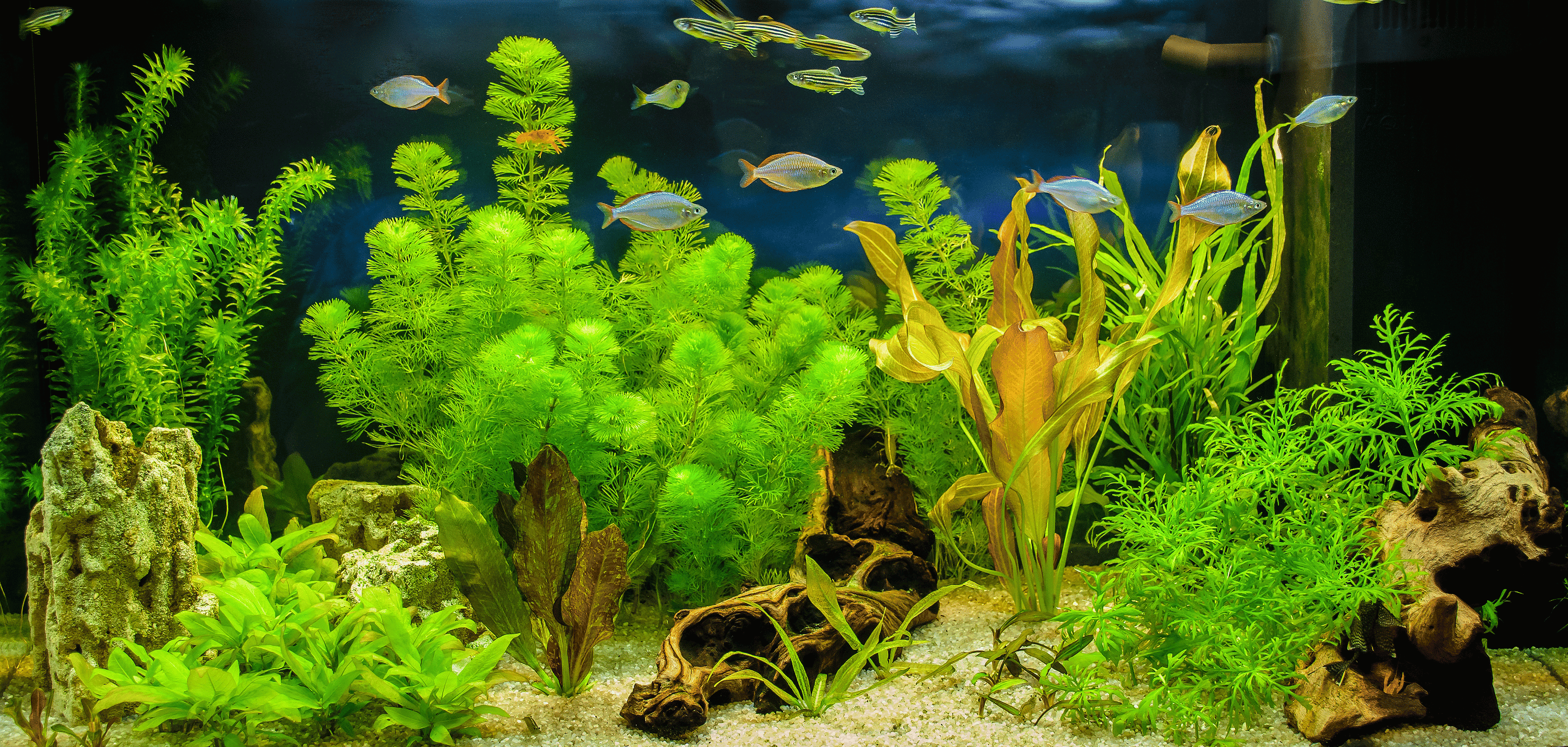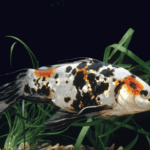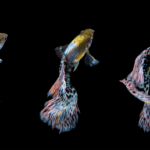Welcome to the world of hydrology, the study of water, its properties, distribution, and importance in our everyday lives. Today, we will delve into one crucial segment of this scientific domain – fresh water.
Fresh Water: A Definition
When we talk about fresh water, what do we mean?
Fresh water, simply put, is naturally occurring water with low concentrations of dissolved salts, specifically less than 1% salinity. It’s the water we consume daily in various forms like drinking water, cooking, and irrigation, to name a few.
The Sources of Fresh Water
Where does this invaluable resource come from? Let’s find out.
- Surface Water: This is the water found in rivers, lakes, and streams. It’s easily visible and accessible.
- Groundwater: This source is hidden beneath the earth’s surface. Groundwater seeps into the soil until it reaches an impermeable layer of rock where it accumulates, forming an aquifer.
- Rainwater: This is fresh water that falls from the sky. It is replenished by the natural water cycle involving evaporation, condensation, and precipitation.
- Ice Caps and Glaciers: These are solid forms of water that melt over time to provide fresh water.
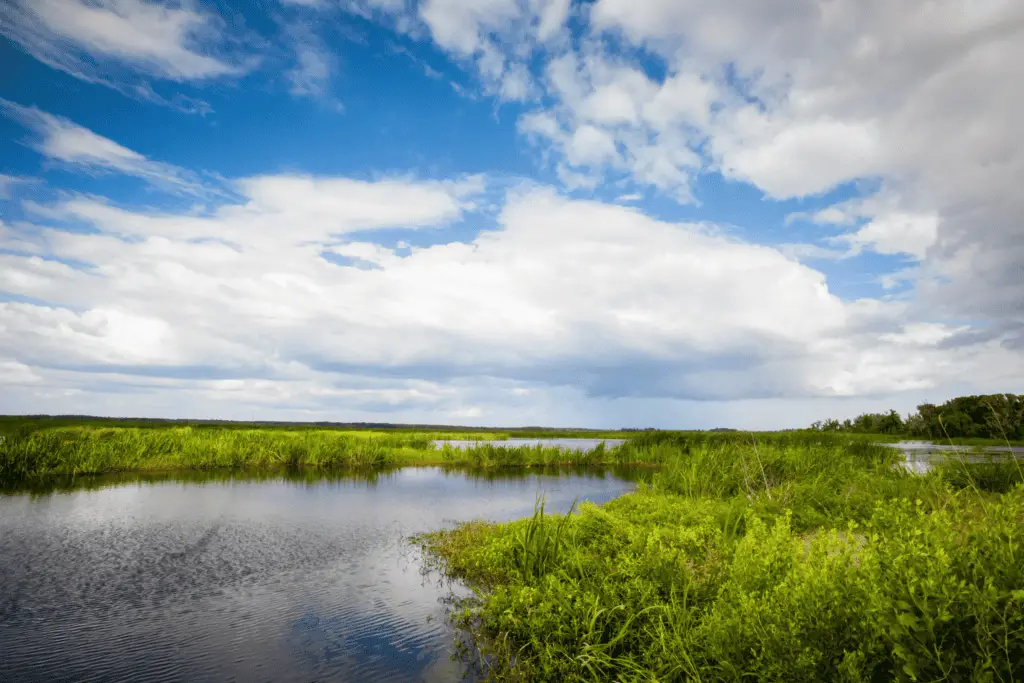
The Importance of Fresh Water
Why should we care about fresh water?
Fresh water is the lifeblood of our planet. It’s not just essential for human survival but also for maintaining biodiversity. It aids in the cultivation of crops, provides habitats for numerous species, and powers our industries.
Most Popular Freshwater Fish for Aquariums
The tranquility of freshwater aquariums attracts many enthusiasts. But what makes these aquariums so captivating? Here’s a peek at some of the most popular freshwater fish that brighten up these tiny, immersive worlds.
- Guppies: Known for their bright, diverse colors and low maintenance, guppies are perfect for beginners.
- Betta Fish: With their vibrant colors and flowing fins, Betta fish are a favorite. They are relatively easy to care for but require a spacious tank to accommodate their large fins.
- Neon Tetras: Neon Tetras are small, peaceful fish with a vibrant blue stripe that glows under the right lighting, adding a dash of color to any aquarium.
- Angelfish: Famous for their unique shape and graceful movements, Angelfish need larger tanks and plenty of plants to thrive.
- Goldfish: They are perhaps the most iconic aquarium fish. Goldfish are hardy creatures and come in a variety of shapes and sizes.
- Platies: Platies are active, hardy, and come in several color variations. They are livebearers, meaning they give birth to live young, which adds a layer of intrigue to their care.
- Mollies: Known for their adaptability and variety, mollies can thrive in both fresh and salt water, although they are predominantly kept in fresh water.
- Zebra Danios: These small, striped fish are robust and easy to care for, making them suitable for beginners. They enjoy being in schools and are very active swimmers.
Each of these fish brings something unique to an aquarium. Their selection often depends on factors like aquarium size, compatibility with other fish, and the level of care the owner can provide.
Fresh Water and Global Issues
Fresh water plays a significant role in several global concerns.
- Water Scarcity: Over 2 billion people worldwide face issues of water scarcity. These concerns are heightened by climate change, which is disrupting rainfall patterns and causing more frequent and severe droughts.
- Pollution: Fresh water bodies are often subject to pollution due to industrial waste, chemicals, and plastics, threatening both human health and the environment.
- Transboundary Disputes: Fresh water bodies often cross national borders, leading to potential disputes over their use and management.
Fresh Water Consumption Patterns
What are the primary uses of fresh water?
- Agriculture: It is the largest consumer of fresh water, accounting for approximately 70% of global usage. It’s used for irrigation, livestock, and aquaculture.
- Industry: About 20% of fresh water usage is attributed to industries for cooling, processing, and waste disposal purposes.
- Domestic Use: The remaining 10% is used domestically for drinking, bathing, cooking, and gardening.
Fresh Water Management Practices
What are some ways we manage fresh water?
- Water Harvesting: Techniques like rainwater harvesting can help in collecting and storing fresh water for later use.
- Efficient Irrigation: Methods like drip irrigation help reduce water waste in agriculture.
- Wastewater Treatment: It is a process that cleans used water from domestic or industrial sources so it can be reused.
The Ecological Role of Fresh Water
What roles does fresh water play in our ecosystems?
Fresh water is the cornerstone of many ecosystems, providing habitats for diverse species of plants and animals. From the smallest microbial life to the largest aquatic mammals, countless organisms depend on freshwater habitats for their survival.
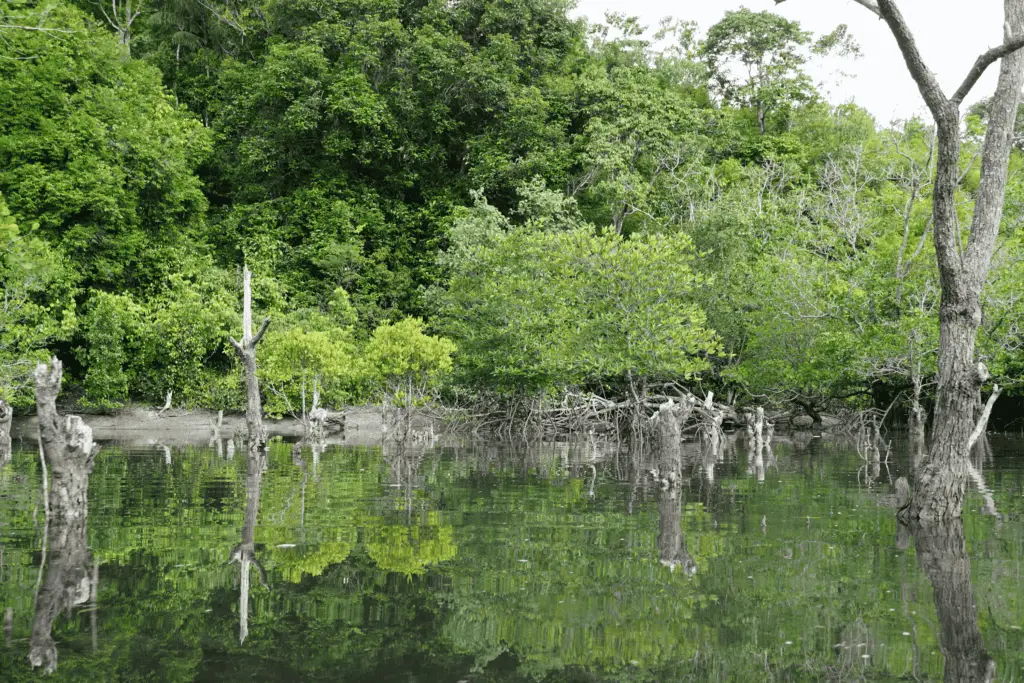
Fresh Water vs Brackish Water
Understanding the distinction between fresh water and brackish water provides deeper insight into the complexity of water ecosystems.
Fresh Water
As we’ve discussed, fresh water is characterized by its low salt concentration – less than 1%. It supports a variety of life forms, including many species of fish, plants, and microorganisms that have adapted to these low-salinity conditions. Fresh water is a fundamental resource for human survival and economic activities.
Brackish Water
On the other hand, brackish water presents a fascinating mix. It’s a blend of fresh and salt water and has a salinity level between 1% and 3%. This type of water is typically found in environments like estuaries, mangroves, and salt marshes where fresh and seawater mix.
Brackish water hosts unique ecosystems, housing species that have adapted to its specific salinity conditions. While not as commonly used for human consumption due to its higher salt content, brackish water plays a crucial role in supporting biodiversity and fishery resources.
Comparing the Two
In terms of usage, fresh water is more relevant for human consumption, agriculture, and industry due to its low salinity. Brackish water, while less directly useful for these activities, is vital in supporting unique ecosystems and plays a significant role in the world’s fisheries.
The species found in these two water types also differ significantly due to their varying salinity levels. Freshwater habitats host different species from those that thrive in brackish water conditions.
Ultimately, both fresh water and brackish water contribute to the planet’s biodiversity and overall health, each in their unique way.
Fresh Water in Culture and Religion
Fresh water has profound cultural and religious significance.
In many cultures, fresh water bodies are considered sacred and are often at the center of rituals and festivals. Similarly, in several religions, fresh water is used symbolically for purification and spiritual renewal.
Technological Innovations for Fresh Water
What are some technological innovations helping in fresh water management?
- Desalination: This process removes salt and other impurities from seawater, turning it into fresh water.
- Water-Efficient Appliances: These are designed to perform their function using less water, thus conserving fresh water.
- Smart Water Grids: These leverage IoT technology to monitor water supply networks, ensuring efficient usage and quick detection of leaks.
Health Implications of Fresh Water
Fresh water has direct implications for human health.
Safe and clean fresh water is crucial for preventing diseases like cholera, typhoid, and dysentery. It is also essential for maintaining good hygiene, which further enhances health outcomes. Conversely, access to contaminated fresh water can have severe public health implications.
Conclusion: The Future of Fresh Water
In conclusion, understanding what fresh water is and its importance is more than just scientific curiosity.
It’s about acknowledging the value of this precious resource and our role in preserving it. The future of fresh water is linked to our actions today, and each of us has a part to play in ensuring its sustainability. The story of fresh water is one of science, environmental stewardship, and collective responsibility. It’s a narrative in which we are not just observers but active participants.

Frequently Asked Questions
1. What is fresh water?
Fresh water is naturally occurring water with low concentrations of dissolved salts, specifically less than 1% salinity.
2. Where does fresh water come from?
Fresh water primarily comes from surface water (rivers, lakes, and streams), groundwater, rainwater, and ice caps and glaciers.
3. Why is fresh water important?
Fresh water is essential for human survival, agricultural activities, industrial processes, and maintaining biodiversity.
4. What are some global issues related to fresh water?
Water scarcity, pollution, and transboundary disputes are some of the primary global concerns associated with fresh water.
5. How is fresh water used globally?
Around 70% of fresh water is used for agricultural purposes, 20% is used in industries, and the remaining 10% is for domestic use.
6. What are some fresh water management practices?
Fresh water is managed through various practices such as water harvesting, efficient irrigation techniques, and wastewater treatment.
7. What role does fresh water play in ecosystems?
Fresh water provides habitats for diverse species of plants and animals, forming the basis of many ecosystems.
8. What cultural and religious significance does fresh water hold?
In many cultures and religions, fresh water bodies are considered sacred and are used symbolically for rituals, festivals, purification, and spiritual renewal.
9. What technological innovations help in fresh water management?
Technological innovations like desalination, water-efficient appliances, and smart water grids help in managing and conserving fresh water.
10. How does fresh water impact human health?
Safe and clean fresh water is crucial for preventing water-borne diseases and maintaining good hygiene. Access to contaminated fresh water can have severe public health implications.
